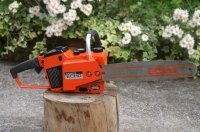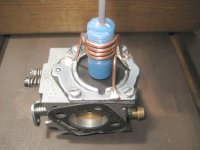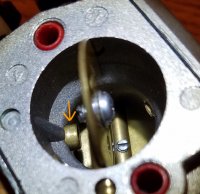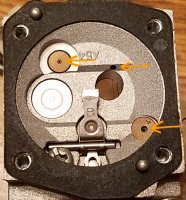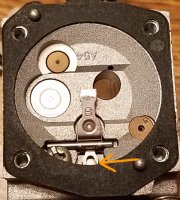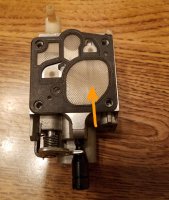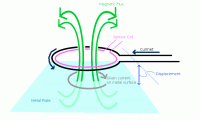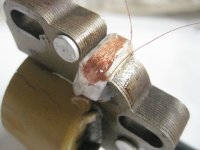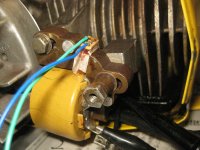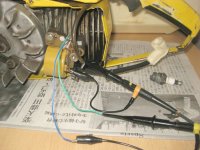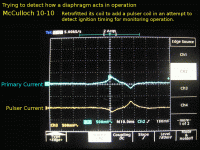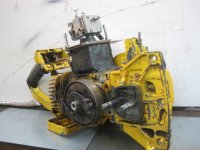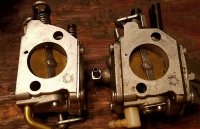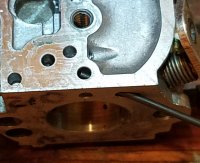chy_farm
Pinnacle OPE Member
- Local time
- 5:44 AM
- User ID
- 3497
- Joined
- Jul 3, 2017
- Messages
- 397
- Reaction score
- 2,126
- Location
- Yokohama, JAPAN
Have you ever tried to give consideration to the invisible movement of a diaphragm in a small chamber of a carburetor in operation?
Does it move or is just sitting still? If it moves, how? , at what cycle it moves to fill the fuel?
This is a short report on it with some technical data. I hope you enjoy it.
------------------------------
[Detecting System]
The detecting system I used for this experiment is ;

This saw sitting in the left is a well known McCulloch 10-10, a handy medium class saw I love, installed with a vibration detector. This vibration detector is especially for metal, which was made by a friend of mine some 11 years ago when he was alive. He was an owner manager of a very skilled vibration research laboratory who have been selling precision vibration simulators to almost all of the world leading auto companies. He was a very efficient adviser on vibration study for me, I am glad to be able to tell some about him here in the memory of his.
[Vibration Detector]
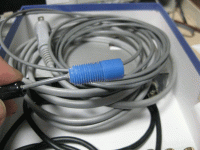
From the black part in the center, magnetic flax comes out to generate an 'eddy current' on a metal surface. Then this eddy current generates a new magnetic flax when a detecting metal moves back and forth. And again this black part catches this new magnetic flax and then gives changes to the current which go through this black part.
So we can detect this change in the current to know there is a movement on that detecting metal.
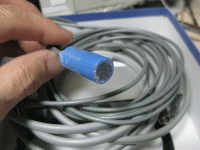
Chy
Does it move or is just sitting still? If it moves, how? , at what cycle it moves to fill the fuel?
This is a short report on it with some technical data. I hope you enjoy it.
------------------------------
[Detecting System]
The detecting system I used for this experiment is ;

This saw sitting in the left is a well known McCulloch 10-10, a handy medium class saw I love, installed with a vibration detector. This vibration detector is especially for metal, which was made by a friend of mine some 11 years ago when he was alive. He was an owner manager of a very skilled vibration research laboratory who have been selling precision vibration simulators to almost all of the world leading auto companies. He was a very efficient adviser on vibration study for me, I am glad to be able to tell some about him here in the memory of his.
[Vibration Detector]

From the black part in the center, magnetic flax comes out to generate an 'eddy current' on a metal surface. Then this eddy current generates a new magnetic flax when a detecting metal moves back and forth. And again this black part catches this new magnetic flax and then gives changes to the current which go through this black part.
So we can detect this change in the current to know there is a movement on that detecting metal.

Chy
Last edited:






